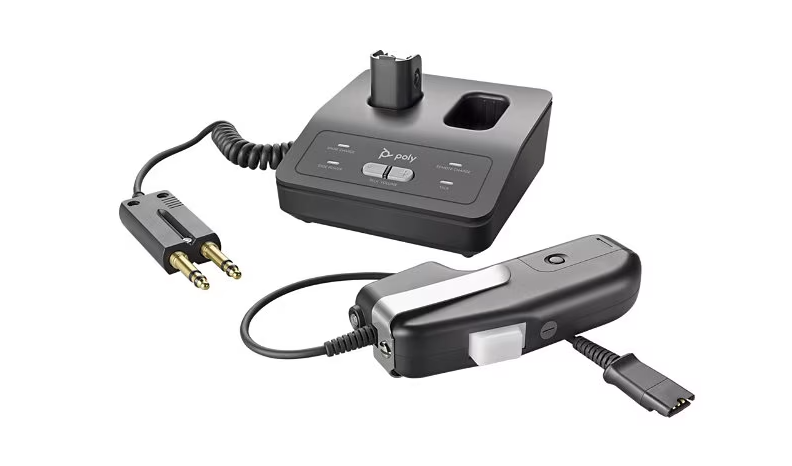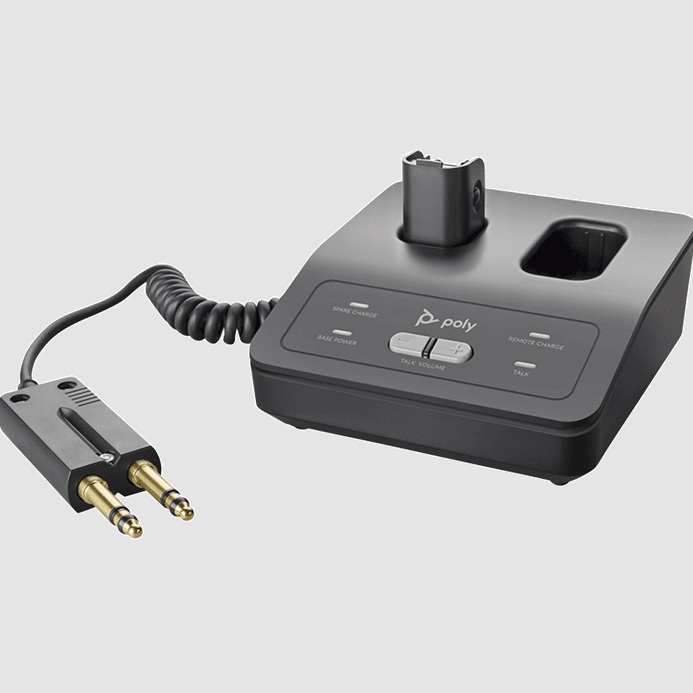- $Home
- Headsets
- Conferencing
- Telephones
- Office Supplies
- Other
-
Sale
*** This is a special order item ***
*** It is not returnable or cancelable once processed ***
*** Poly will replace defective units within warranty period ***
The Poly CA22CD cordless PTT (Push-To-Talk) headset adapter provides wireless communications and PTT functionality for public safety dispatch, air traffic control, radio dispatch operations, and training simulation. This ultra-secure DECT wireless adapter is the perfect choice anywhere sensitive communications happen.
Relax knowing conversations are protected-designed to meet the highest-level DECT security Step C requirements. The CA22CD works with analog or USB interfaces, with options for one or two independent receive channels. Customizable configurations adapt to fit your communications network whether it’s analog or VoIP/RoIP.
There are two primary versions of Model CA22CD: the singleâreceiveâchannel version, which is the direct replacement for Model CA12CDâS, and the new dualâreceiveâchannel version that Poly has created for voice systems that require dualâchannel headsets and adapters.
The singleâchannel version is Model CA22CDâSC and the dualâchannel version is Model CA22CDâDC. Both of these variants are available with either DECT radios for regions like the European Union or DECT 6.0 (a.k.a. UPCS which is Unlicensed Personal Communications Services 1920â to 1930âMHz band for use in North America) radios for use in the US, Canada, and Mexico.
Options
Controls
Visual Indicators
Audible Indicators
Electrical and RF Features
1 The talkâvolume fineâadjust buttons, the talkâvolume coarseâadjust switch, and the receiveâvolume coarseâadjust switch are only active when the base is plugged into an analog host. These controls are not active in the USB interface. When connected to a USB host, talk and receive volume can be controlled in the host PC, and receive volume can be fineâtuned with the receiveâvolume fineâadjust rocker on the remote.
There have no reviews in this product.
_1.png)


